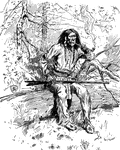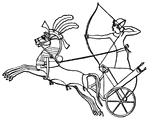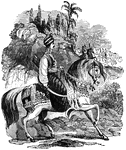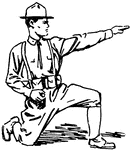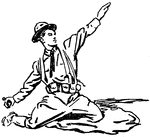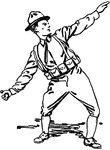Clipart tagged: ‘warrior’

A Frankish Chief in Full Armor
A chief of a Frankish tribe, wearing full battle armor. He stands looking to his right holding a long…

Aeneas and Ascanius
"The following cut, taken from one of Sir W. Hamilton's fictile vases, and representing Aeneas followed…

Battle of Azincourt
The Battle of Agincourt was an English victory against a larger French army in the Hundred Years' War.…

Greek Chariot
"In the battles, as depicted by Homer, the chiefs are the only important combatants, while the people…

Denarius
"Denarius of the earliest kind: Having on the obverse a personification of Rome as a warrior with helmet;…
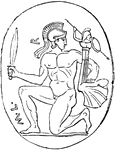
Diomede
"The following cut, from an ancient gem, represents Diomede in the act of bearing away the Palladium."…
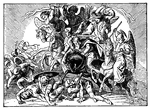
Five Angelic Warriors Fight for the Maccabees
Illustration of the Maccabee warriors fighting alongside angelic warriors in a swirl of battle. The…

Giant with the Head of an Ox
A symbolical figure representing a giant having the head of an ox and wielding a club.
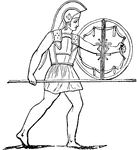
Greek with shield
"In the Homeric times, the Greeks used a belt for the sword, and another for the shield. These passed…
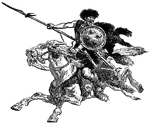
Hun Warrior on Horseback in Battle
Illustration of a Hun warrior riding on horseback, his mouth open as if to scream. The warrior has a…

Igorrote
"They have little farms on the foothills of northwestern Luzon, which they plow with carabaos and sometimes…

Lombard Woman
In Norse mythology, there is a war between the Winilers and the Vandals. Odin takes the side of the…

Odo of Bayeux
Odo of Bayeux (c. 1036 – February 1097, Palermo), Norman bishop and English earl, was the half-brother…

A Puritan Soldier
A Puritan of 16th and 17th century England was an associate of any number of religious groups advocating…

Sir Walter Raleigh
Sir Walter Raleigh, navigator, warrior, statesman, and writer in the reigns of Elizabeth and James I.,…

Roman Soldiers
The distinction between rank and unit type doesn't seem to have been as precise as in a modern-day army,…

Saint George
This sculpture by the great artist, Donatello, is of a man dressed in armor holding a shield in front…

Greek soldier
"The early Greeks used a very short sword, as may be seen from the preceding cut. The ancient Homeric…

Soldier, Prone
A soldier lying in the prone position. In anatomy,the prone position is a position of the body lying…
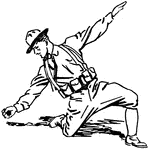
Soldier, Prone, Throwing Grenade
A soldier lying in the prone position, throwing a grenade. In anatomy,the prone position is a position…

The Dioscuri
"Castor and Pollux were the offspring of Leda and the Swan, under which disguise Jupiter had concealed…
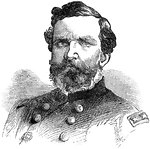
George Henry Thomas
George Henry Thomas (July 31, 1816 – March 28, 1870) was a career United States Army officer and…

Tiger Attack
A scene from "A Little Field of Glory." A soldier rescues the main character, Thomas, from an attack…
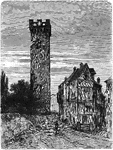
Tower of Goetz
Located in Heilbronn, a city in the north of Baden-Wirttemburg, Germany, is the tower of an old fortress…
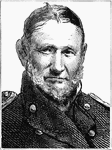
David Emanuel Twiggs
David Emanuel Twiggs (1790 – July 15, 1862) was a United States soldier during the War of 1812…
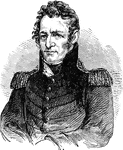
Solomon Van Rensselaer
Solomon Van Vechten Van Rensselaer (August 6, 1774 – April 23, 1852) was an United States Representative…

Victory
A representation of Victory, inscribing on a shield the triumph of the Romans; at the same time, she…
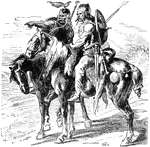
Gaulish Warriors
An image of two Gaulish warriors participating in a series of military campaigns against Julius Caesar.
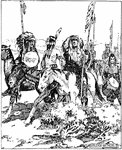
The Return of the Warriors
In the short story of The Arickara Indians, the image depicts the return of the Indian warriors on horses.

William Washington
William Washington (February 28, 1752 to March 6, 1810), was a patriotic Southern cavalry officer during…
